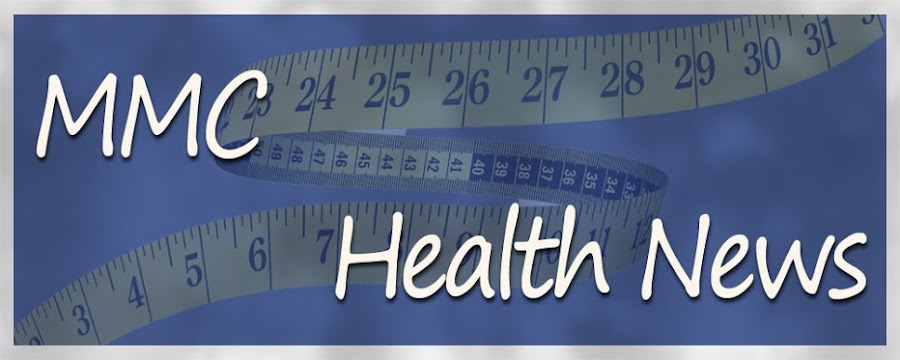If you have an inner weakness for kitchen gadgets, you too can add spiral vegetables to your meal routine. These gadgets, known as zoodlers, veggettis, spiralizers, or spiral slicers (think julienned vegetables) can be hand held or sit on the counters. Some have interchangeable blades.
Using a spiralizer makes it easier to add fresh vegetables with all of their nutrients and antioxidants to your meals.
If you struggle to meet your daily servings of fruits and vegetables recommended by the US 2015-2020 Dietary Guidelines, 5 to 9 servings, spiralizing your vegetables may help you and your family get the nutrients that you need.
Tricking your eyes, you can transform your vegetable lifestyle. If you’ve already begun to change your eating habits because of a gluten intolerance or you want to try the latest paleo diet trend, spiralizing is a great way to swap out your starches.
Spiralizing can change up the taste and texture leading to some very exciting meals. You may never look at noodles, salads, or slaws the same again.
Visit the MMC Girls on Facebook or Foodies4MMC for some great ideas for zoodles or spiralized vegetables.
Consult the experts at your local Metabolic Medical Center to discuss how to incorporate more vegetables to meet your daily nutritional needs.


















